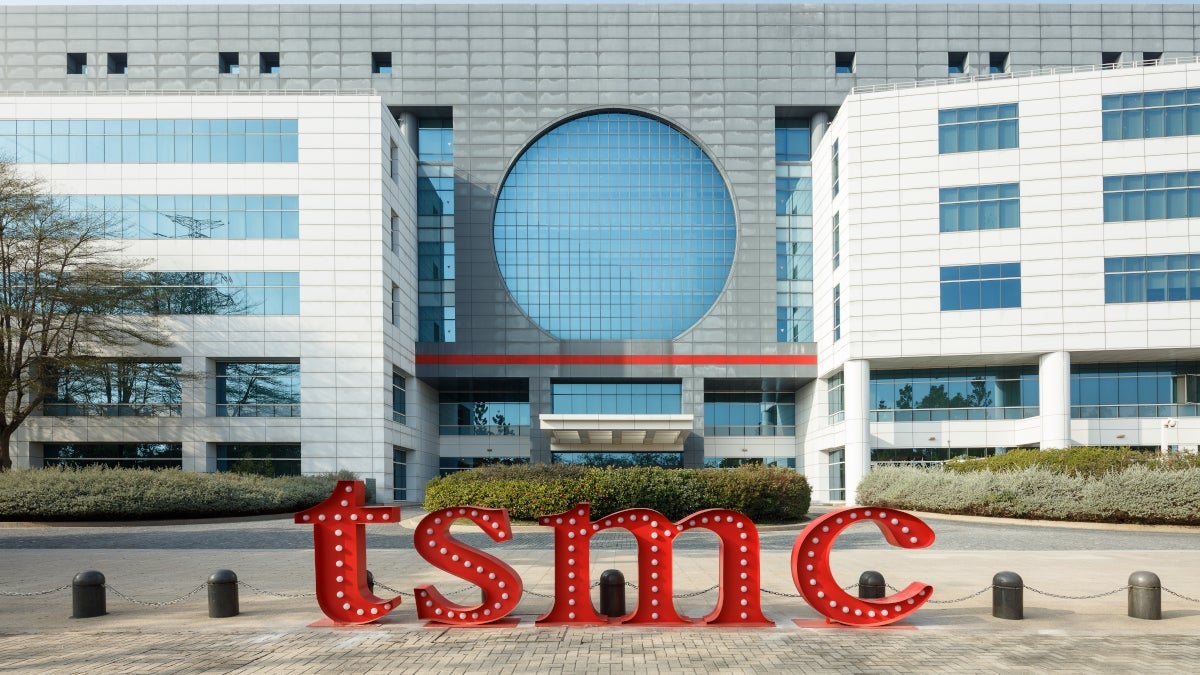
The process node used to manufacture chips is an important number. That is because as the number shrinks, it means that the size of the transistors used in a chip get smaller. The smaller the transistors employed, the larger the number that can fit into a small integrated circuit. The higher a chip’s transistor count, the more powerful and energy-efficient that chip is. Usually every two to three years a lower process node is prepped by leading foundries.
For example, TSMC and Samsung Foundry were expected to start mass production of chips made using their 2nm process nodes later this year. For TSMC, it will debut its Gate-all-around (GAA) transistor that covers the channel on all four sides to reduce voltage leakage and improve the drive current. This will result in chips offering higher performance using less energy.
To show you the progression of TSMC’s process node, let’s take a journey down memory lane.
- Apple iPhone 11 (2019)-powered by the 7nm A13 Bionic with 8.5 billion transistors.
- Apple iPhone 12 (2020)-powered by the 5nm A14 Bionic with 11.8 billion transistors (+39%).
- Apple iPhone 13 (2021)-powered by the 5nm A15 Bionic with 15.0 billion transistors (+27%).
- Apple iPhone 14 (2022)-powered by the 5nm A15 Bionic with 15.0 billion transistors (+0%).
- Apple iPhone 15 (2023)-powered by the 4nm A16 Bionic with 16.0 billion transistors (+0.7%).
- Apple iPhone 16 (2024)-powered by the 3nm A18 with approximately more than 19 billion transistors (+19%).
TSMC says that A14 will show a 15% speed improvement at the same power level compared to the N2 process node, or a 30% decrease in power consumption at the same speed.
“Our customers constantly look to the future, and TSMC’s technology leadership and manufacturing excellence provides them with a dependable roadmap for their innovations. TSMC’s cutting-edge logic technologies like A14 are part of a comprehensive suite of solutions that connect the physical and digital worlds to unleash our customers’ innovation for advancing the AI future.”/QUOTE]
– Dr. C.C. Wei CEO, TSMC
If TSMC doesn’t start production until 2028, the first iPhone that could be powered by an A14 application processor (AP) would be the iPhone 20 using the A22 application processor. Of course, things could change between now and then and this is only an estimate.











